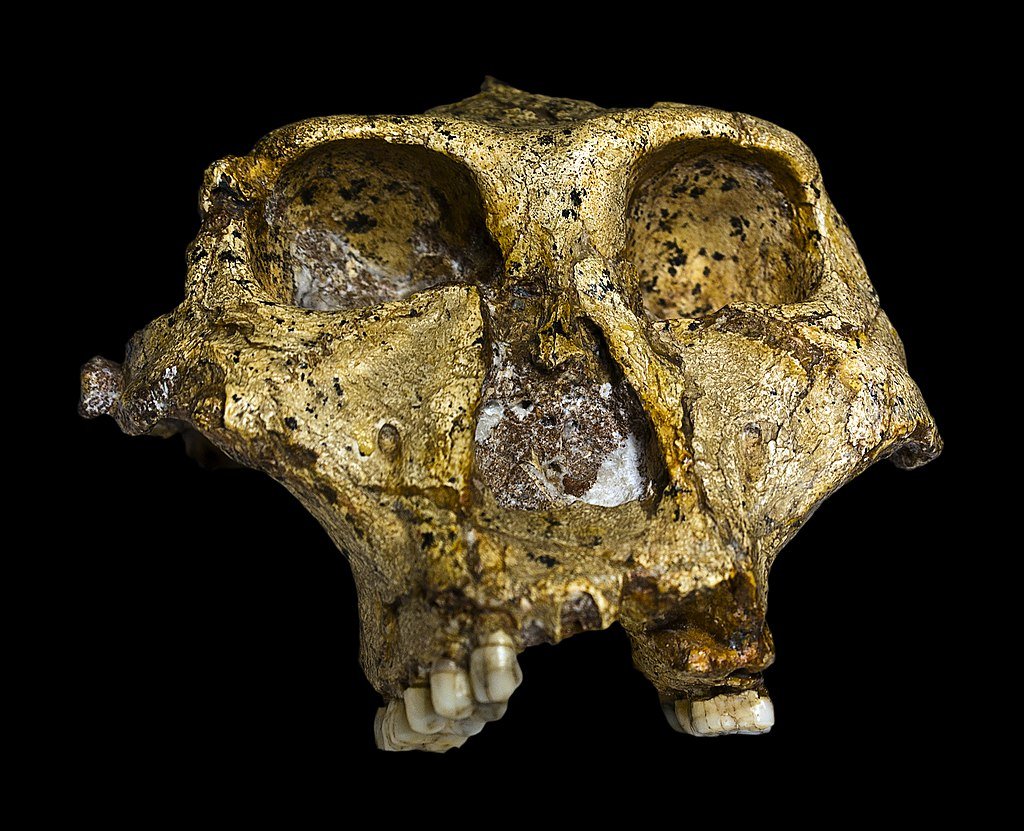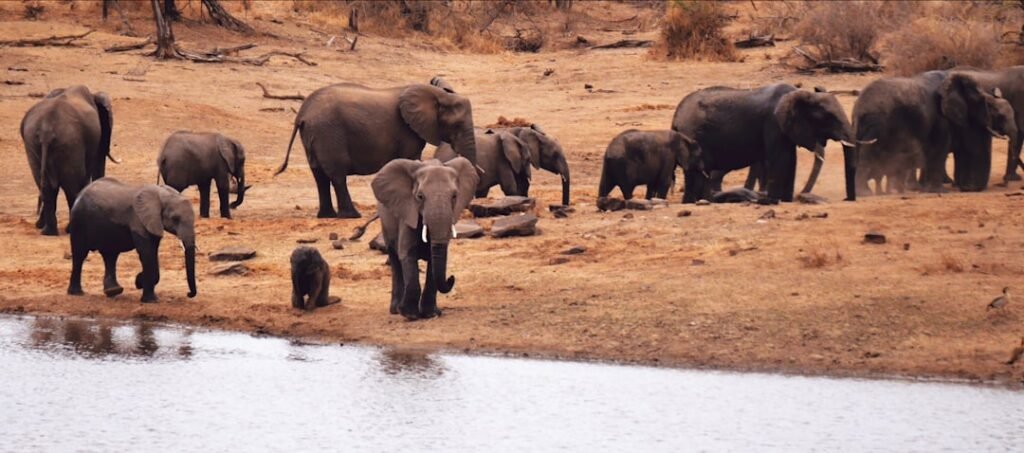For decades, the story of human evolution has been pieced together from fragments of fossilized bones, stone tools, and, more recently, ancient DNA. But what happens when DNA degrades beyond recovery, leaving scientists with only enamel and dentin to decode the secrets of our ancestors? A groundbreaking new study has cracked the code, using proteins in 2-million-year-old teeth to reveal, for the first time, the biological sex of Paranthropus robustus, a stout-jawed, tree-climbing cousin of early humans. And the findings? They’re rewriting assumptions about sex, genetic diversity, and the tangled branches of our evolutionary tree.
The Protein Breakthrough: A New Window Into Ancient Sex
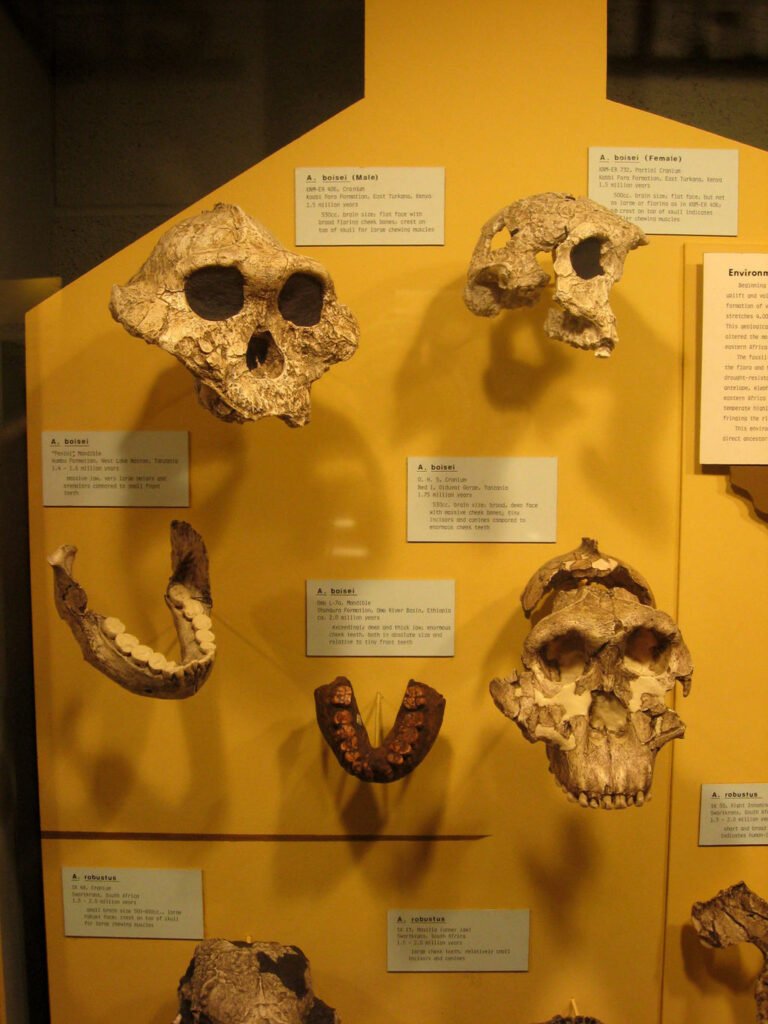
Determining the sex of fossil hominins up to now depended on size variations; men were thought to be larger, women smaller. Still, this approach is rife with speculation. Then there is palaeoproteomics, a novel method for extracting and examining ancient proteins locked within fossilised teeth. Four Paranthropus robustus molars from the treasure store of early human fossils, Swartkrans Cave, South Africa, were studied by researchers.
The results? Two males, two females but with a twist. One of the smaller teeth belonged to a male, debunking the assumption that all males were hulking giants. “This suggests Paranthropus males could be surprisingly gracile,” explains lead researcher Dr. Marc Dickinson. The discovery challenges long-held beliefs about sexual dimorphism in early hominins and hints at unexpected diversity within the species.
A Hidden World of Genetic Variation
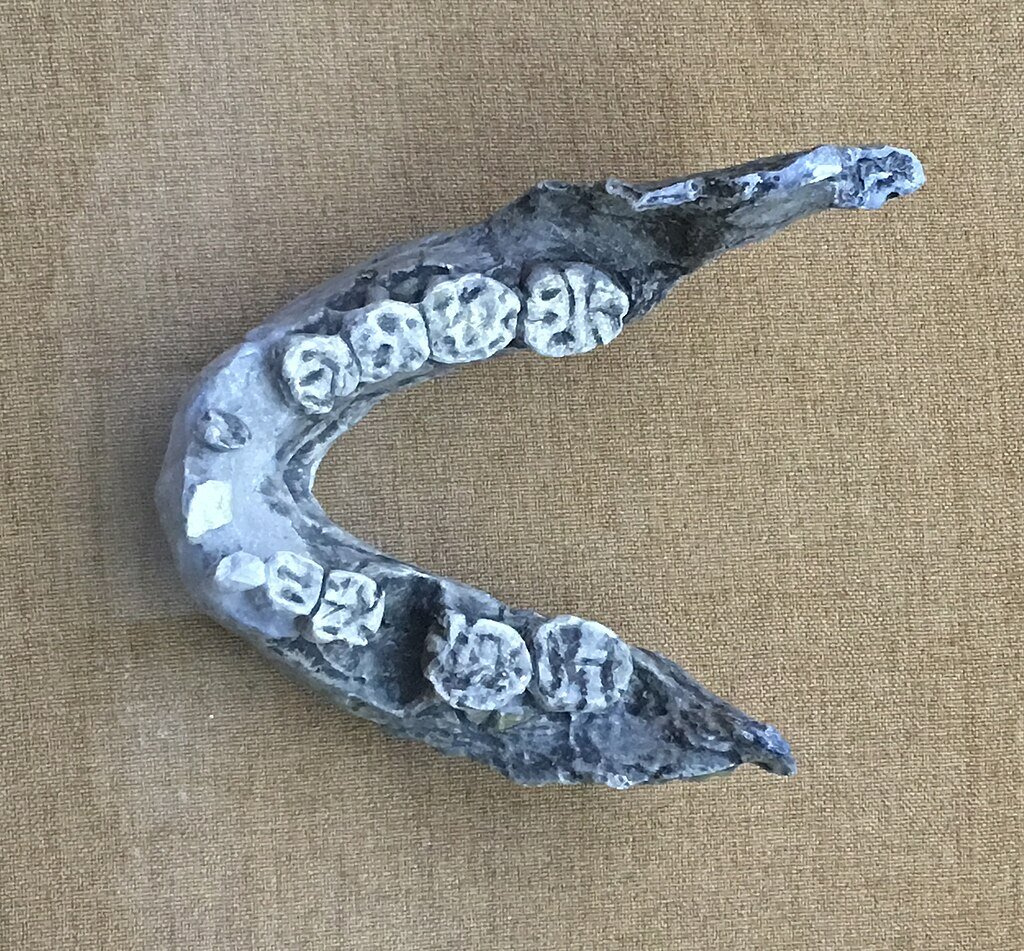
The protein sequences revealed something even more startling: one tooth differed by a single amino acid from the other three. This tiny mutation suggests that Paranthropus robustus may have included multiple subgroups, perhaps even undiscovered species. “We’re seeing a level of genetic diversity that mirrors what we find in early Homo species,” says Dickinson.
This finding aligns with recent fossil discoveries, such as Paranthropus capensis, a more slender variant of the typically robust species. Could Paranthropus have been a genus of many faces, with some populations evolving distinct traits? The study’s authors believe so and it means the human family tree might be even bushier than we thought.
The Paranthropus Paradox: Ape-Like but Human-Adjacent
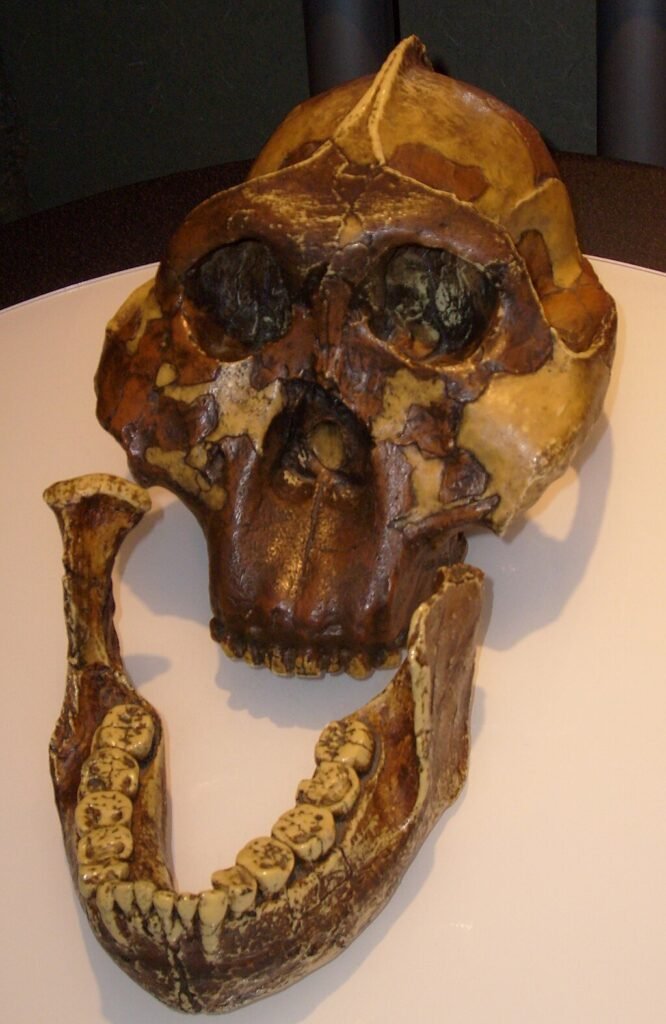
Paranthropus lacked brute might. Although their strong jaws and big molars point to a diet of tough roots and nuts, their limb structure indicates they were expert climbers, probably withdrawing to trees for safety. Though their lineage finally disappeared, they coexisted with early humans such as Homo habilis and Homo erectus. why?
The new protein data reveals that Paranthropus was genetically closer to humans than previously assumed. “Their enamel proteins are remarkably similar to ours,” says Dickinson. This raises a tantalizing question: Did interbreeding or competition with early Homo species contribute to their extinction? Or did their specialized diet make them vulnerable to climate shifts? The debate is far from settled.
The Swartkrans Cave: A Time Capsule of Human Evolution
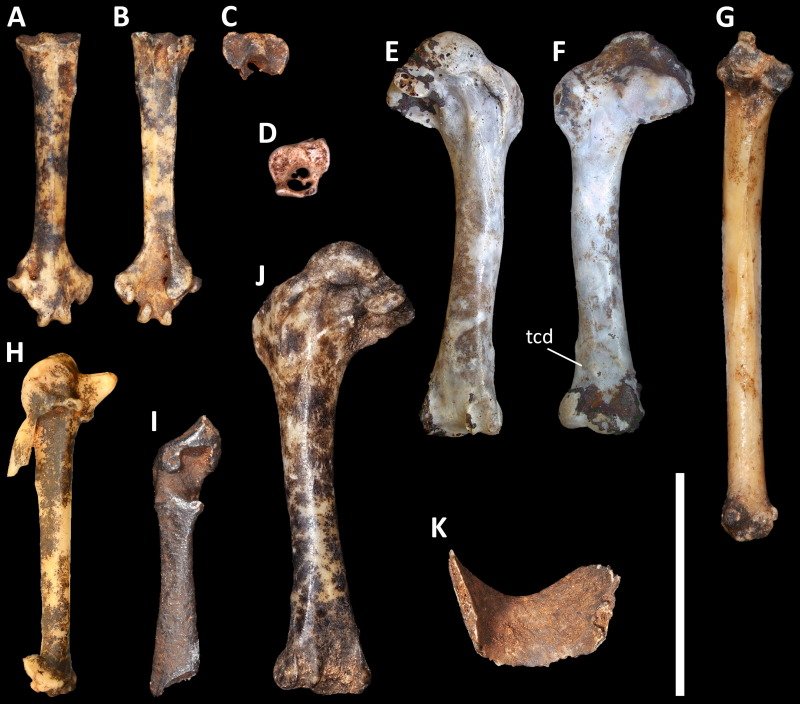
The Swartkrans site, part of South Africa’s Cradle of Humankind, has long been a goldmine for paleoanthropologists. It has yielded fossils of Australopithecus, early Homo, and now Paranthropus all coexisting in the same landscape. The cave’s limestone layers preserve bones in stunning detail, but until now, DNA extraction was impossible due to Africa’s heat and humidity.
This study proves that proteins can survive where DNA cannot, opening a new frontier in evolutionary research. “We’re no longer limited by DNA decay,” says Dickinson. “This could revolutionize how we study fossils in tropical regions”.
Implications for the Human Story
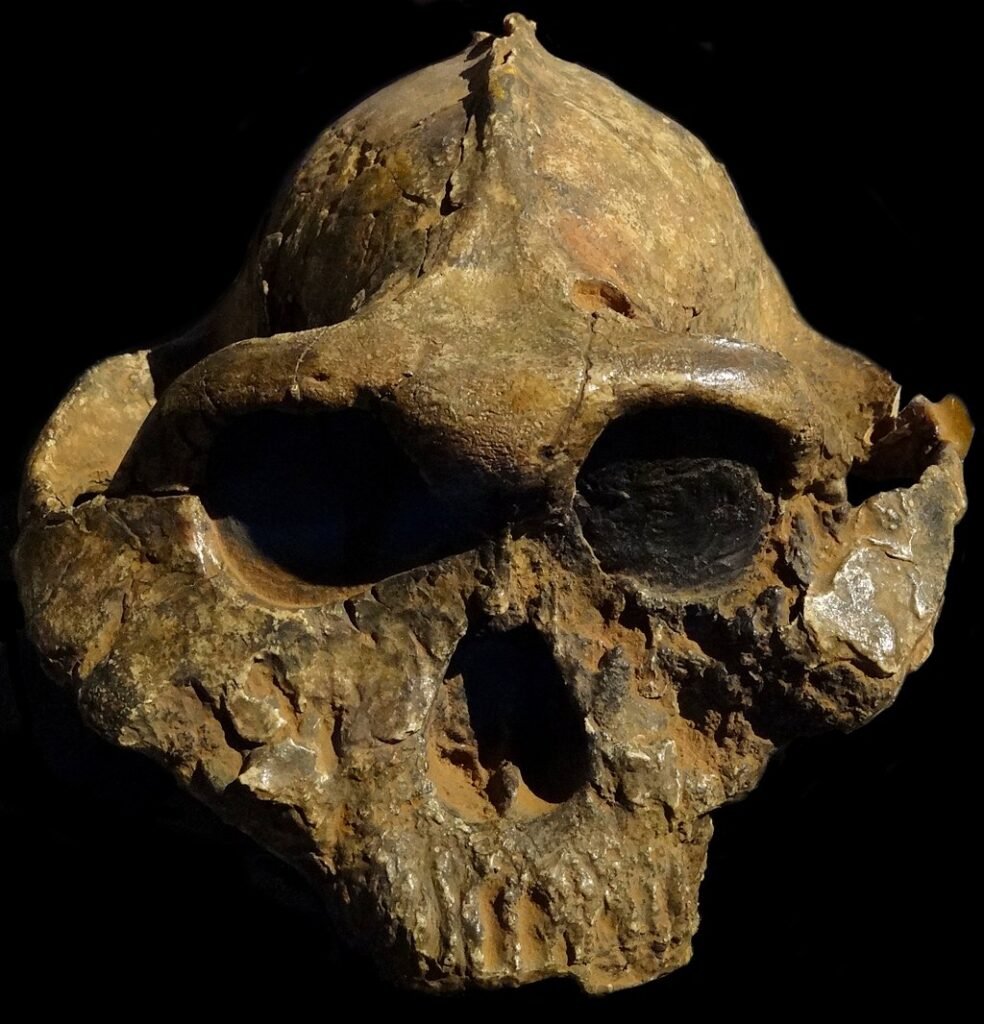
The discovery doesn’t just illuminate Paranthropus it reshapes the broader narrative of human evolution. If Paranthropus males varied widely in size, could the same be true for Australopithecus or early Homo? And if genetic diversity was higher than expected, how many more hominin species remain undiscovered?
The study also fuels the debate over “lumping vs. splitting” whether slight fossil differences represent separate species or just natural variation. “This method could finally resolve some long-standing controversies,” says Dickinson. For example, was Homo habilis one species or several? The answers may lie in their teeth.
What’s Next? The Hunt for More Molecular Clues

The accomplishment of this work opens the path for more general uses of palaeoproteomics. Testing the method on other mysterious fossils, such Homo naledi and Australopithecus sediba, excites researchers now. Might proteins expose their sex, kinship, or even cause of death?
“We’re just scratching the surface,” says Dickinson. “Every fossil tooth could be a time capsule waiting to be decoded.” As technology advances, we may soon uncover even deeper secrets like whether Paranthropus interbred with humans, or why they ultimately disappeared while we thrived.
Conclusion: A New Chapter in Paleoanthropology
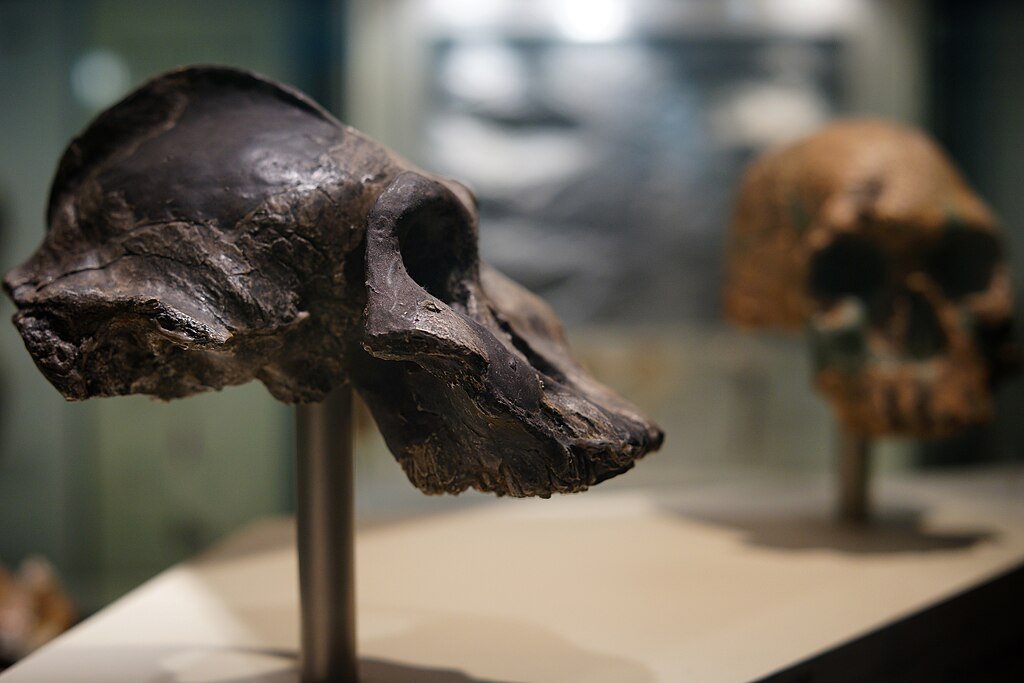
Fossils have been revealing for more than a century what our predecessors looked like. These days, proteins are revealing their male or female, strong or gracile, lone travelers or members of a different tribe. This study rewrites whole paragraphs, not only adds a footnote to human evolution. And the story gets richer, stranger, and more human with every tooth examined.
Sources:

Suhail Ahmed is a passionate digital professional and nature enthusiast with over 8 years of experience in content strategy, SEO, web development, and digital operations. Alongside his freelance journey, Suhail actively contributes to nature and wildlife platforms like Discover Wildlife, where he channels his curiosity for the planet into engaging, educational storytelling.
With a strong background in managing digital ecosystems — from ecommerce stores and WordPress websites to social media and automation — Suhail merges technical precision with creative insight. His content reflects a rare balance: SEO-friendly yet deeply human, data-informed yet emotionally resonant.
Driven by a love for discovery and storytelling, Suhail believes in using digital platforms to amplify causes that matter — especially those protecting Earth’s biodiversity and inspiring sustainable living. Whether he’s managing online projects or crafting wildlife content, his goal remains the same: to inform, inspire, and leave a positive digital footprint.

